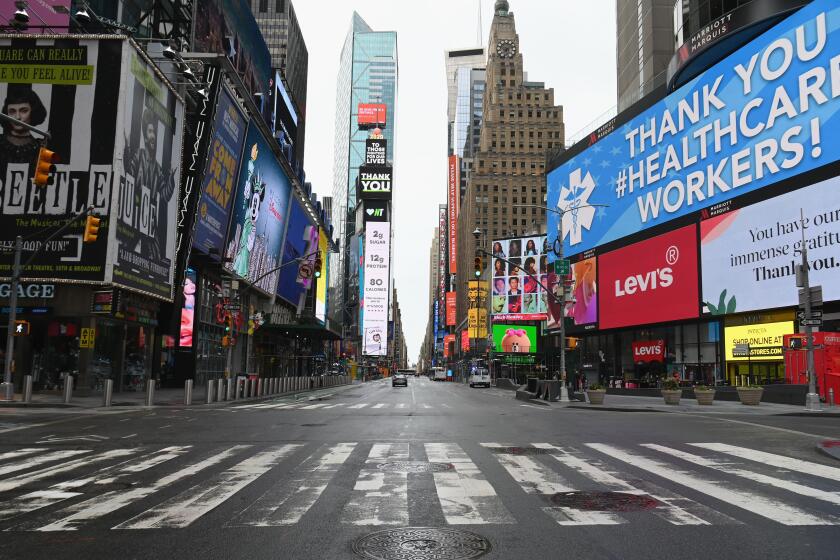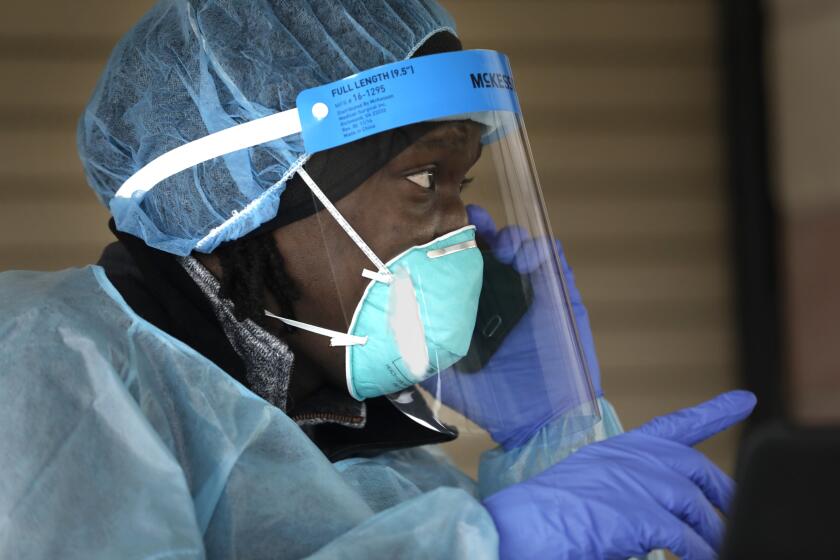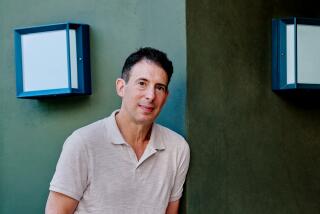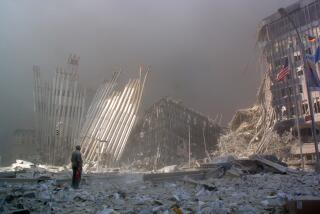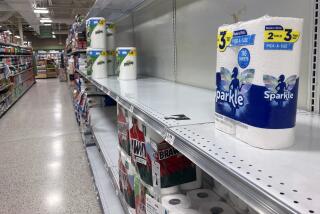- Share via
NEW YORK — Brooklyn is dark except for the streetlamps when Carla Brown’s alarm goes off at 5:15 a.m. — much too early for an average Monday. But with the coronavirus laying siege to New York, today looms as anything but ordinary.
Brown runs a meals-on-wheels program for elderly shut-ins and in her embattled city, that label suddenly fits nearly every senior citizen. For two weeks, she’s been working 12- to 14-hour days, taking over routes for sick or missing drivers. Today, she has to find room on the trucks for more than 100 new deliveries.
She pulls on jeans, grabs her mask and heads for the Grand Army Plaza subway station, wearing a sweatshirt with Muhammad Ali’s name printed across the front.
“He’s one of my idols,” Brown says. “And I just felt like I was ready for the fight today.”
What other choice is there?
Before the pandemic swept in, America’s biggest, loudest city often lived up to its own hype. Then the coronavirus all but shut it down, claiming lives from the Bronx to the Battery and beyond. Now the hush, whether at midnight or midday, is broken mostly by the wail of ambulances. Streets long ago rumored to be paved with gold are littered with disposable medical gloves.
Over 24 hours, a taxi driver will cruise those desolate streets, searching for the few workers who need to keep moving. A bodega owner will make a promise to a customer he hopes he’ll never have to keep. An emergency room doctor and a paramedic will labor to hold down a death toll that on this day threatens to surpass the number killed at the World Trade Center on 9/11.
For them and 8.5 million others, today will be nothing like just another Monday. Because long before the sun has risen, the clock has already begun counting down the latest, most punishing round in the fight for New York.
‘I’d much rather be quarantined’
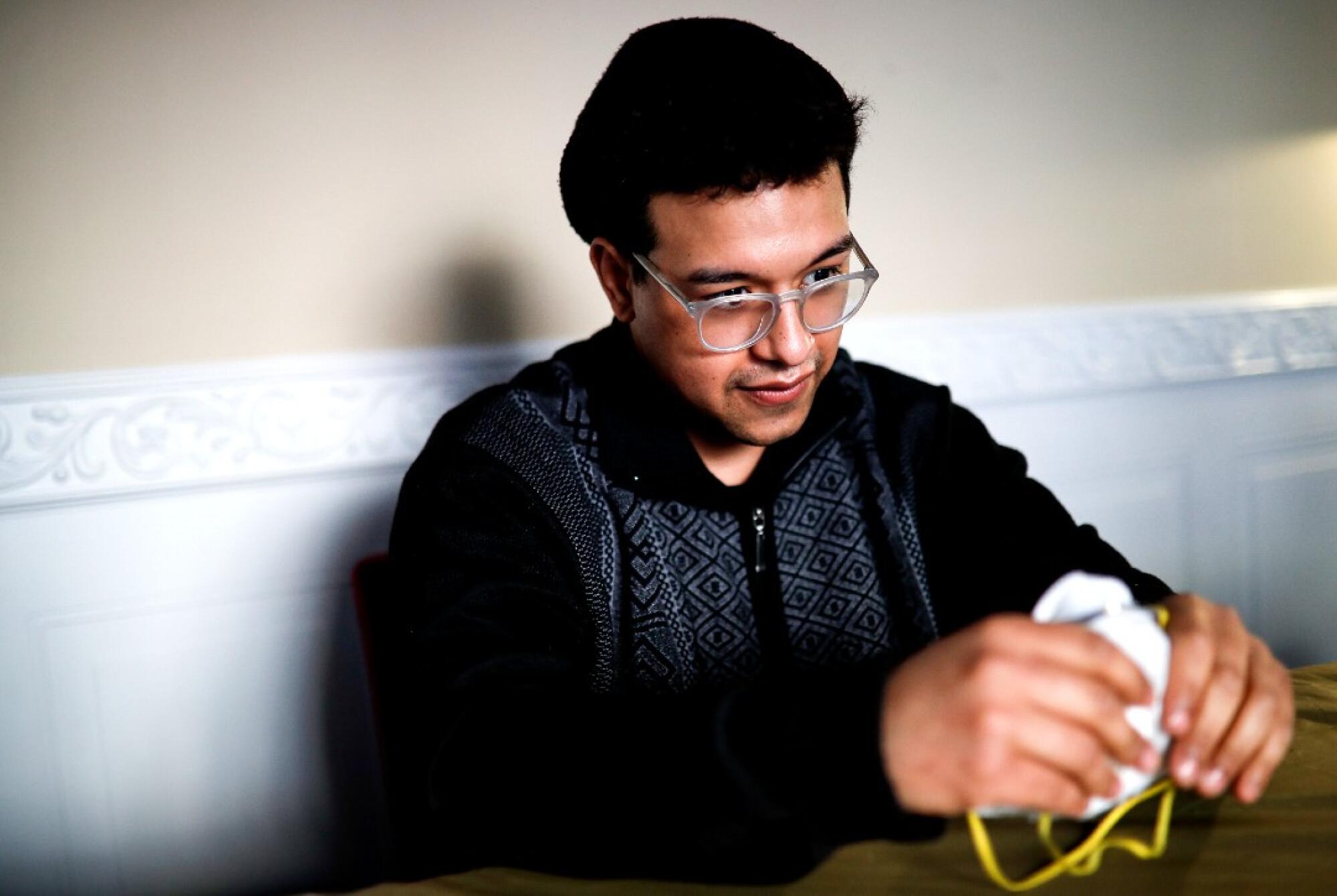
By 2 a.m., Jesus Pujols’ shift — the one he started more than 17 hours ago — has been reduced to a numbing blur of bodies.
Pujols grabs naps at the wheel of his minivan between endless trips to recover corpses from homes and hospital morgues. “We’ve been, like, living inside our cars lately, all the undertakers,” says Pujols, who coordinates with several funeral homes, most in Brooklyn.
Sometime around 2 a.m. — sleep deprivation makes it hard to keep track — Pujols gets into an argument with a man who has stopped his car in the middle of the street to gawk as the undertaker wheels a body out of a house. To the 23-year-old Pujols, the disrespect is too much to bear.
New York business owners say the recovery will be harder and longer than the one that followed the Sept. 11, 2001, terrorist attacks.
“Right now, money is not worth it. It’s not worth it. I would give up my job any day for, like, a normal, normie job. I’d much rather be quarantined.”
At 4:30, Pujols heads to bed. He will wake up in a few hours to fulfill a promise; a friend’s relative died outside the city, and the body must be retrieved.
Meanwhile, New York is starting to stir.
Feels like a war
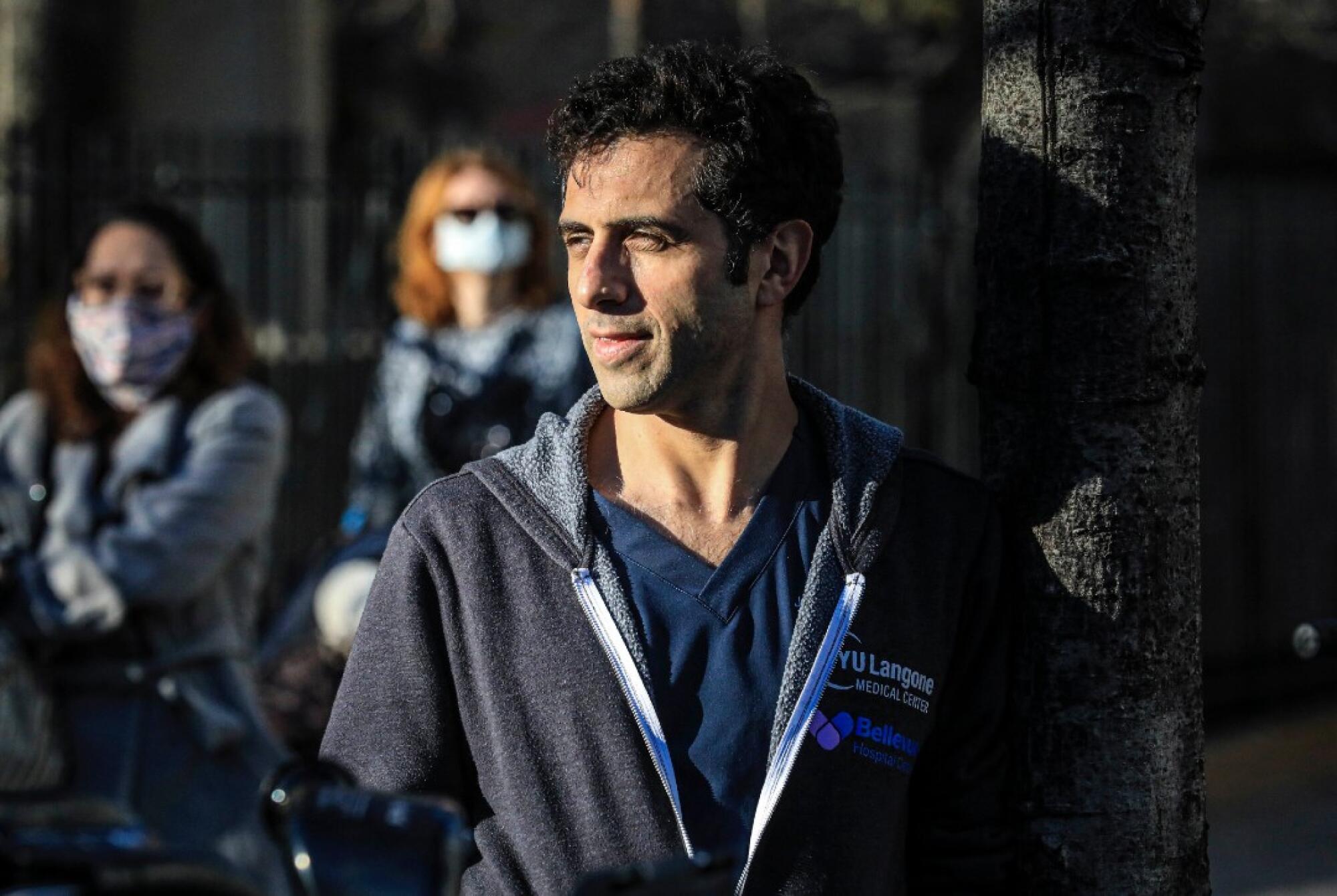
When Dr. Joseph Habboushe awakens in his Greenwich Village apartment at 6:15, he notices that the jolt of adrenaline he’s felt each morning for the past month is fading. Up until now, every day started as a reckoning that what seemed like a nightmare was, in fact, real. Now, he no longer has any doubts.
Shaving close to ensure his medical safety mask will fit tight, the emergency room doctor thinks about how the outbreak has begun to feel like a war, with healthcare workers on the front lines.
“It’s this scary feeling of going in and knowing there’s some chance that I will get sick because of this, and we don’t know what’s going on, and we don’t know our enemy, really.”
Today the battle is waged on many fronts. At Van Cortland Park in the Bronx, a crew from the Army Corps of Engineers scrambles across sprawling soccer fields to erect a 200-bed temporary hospital. Nurses rally outside Harlem Hospital — pledging to keep a safe distance from passersby — to decry rationing of ventilators.
L.A. zookeepers taking care of cat species will now use masks and gloves and are encouraged to practice social distancing.
And Carla Brown, the warrior for gray-haired New Yorkers, climbs aboard the No. 4 train.
When the subway pulls into Wall Street in Manhattan, dozens of riders pile on to her car. The Metropolitan Transportation Authority has been telling New Yorkers to stay home, and it has reduced service. But in a city that has always considered itself essential, these are the relative few deemed so indispensable that they’re supposed to go on working.
They sit or stand shoulder-to-shoulder. No social distancing.
“It was totally crazy,” she says. “We were looking at each other like, is this real?”
‘It’s been a ghost town’
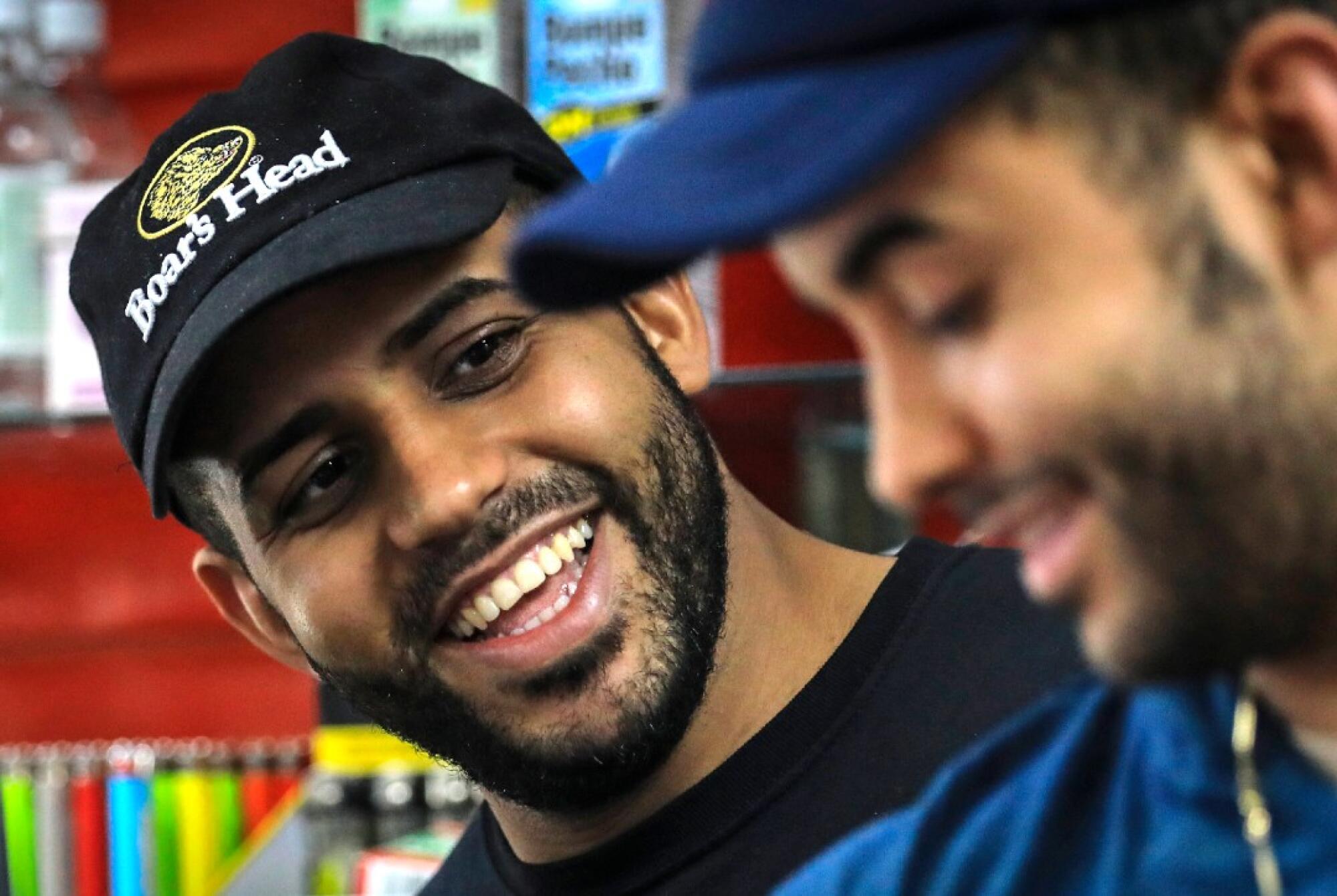
Just before 7 a.m., Alex Batista arrives to open Deli-licious, the bodega he and his brother, Eudis, own and run in the middle-class neighborhood of Glendale, Queens.
Normally at this hour, people would be bustling into the laundromat next door, the gas station across the street, and many of those people would end up at his place for coffee, milk and breakfast sandwiches.
“It’s been a ghost town,” Batista says. The most regular patrons are the funeral home workers now.
The first week the city was shutdown, Batista says his business fell 60%. Now, deliveries have propped it back up some. But three or four more months like this and they’ll have to close the shop, unsettling one 85-year-old customer who counts it as pretty much the only place still open for food.
“You know what?” Eudis Batista told the man. “Even if we close down, if I have to go to my house and cook food for you, I’ll do it for you. No problem.”
New York has endured punishing trials — terrorism on Sept. 11, 2001, flooding and power failures after Superstorm Sandy. But there’s been nothing like this.
‘I cannot even describe how hard it is’
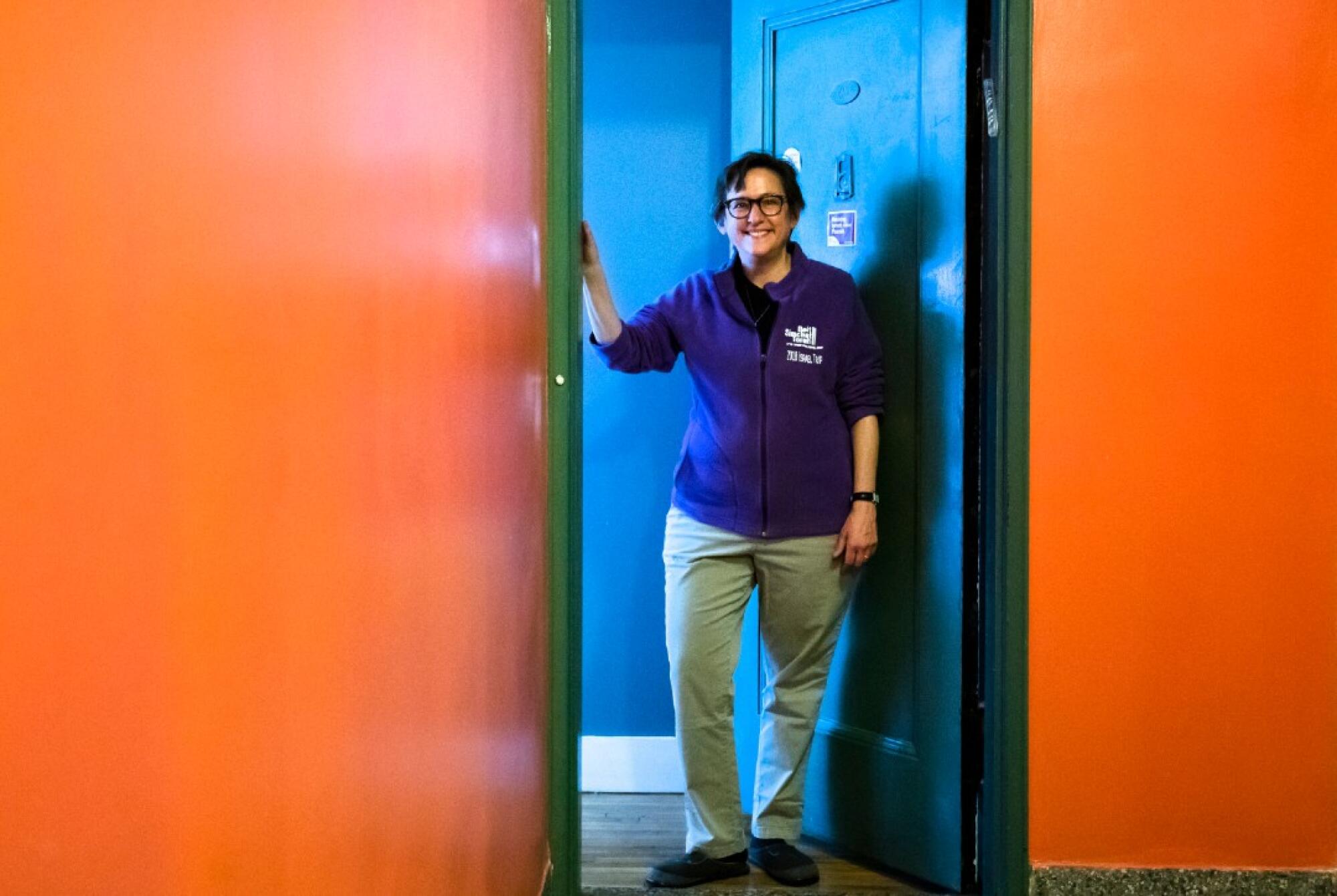
Sharon Kleinbaum remembers the darkness of the AIDS crisis in 1992, when she became the first rabbi of Beit Simchat Torah, the nation’s largest gay and lesbian synagogue. But even that experience could not prepare her for the job of trying to comfort congregants from a distance.
Back then, she recalls, at least she could be there to hold the hands of the dying, to spend time with their loved ones.
“That I cannot be with people now is very hard. I cannot even describe how hard it is,” she says.
Kleinbaum calls a congregant on her way to a cemetery for her mother’s funeral.
“I let her know that she’s not alone,” Kleinbaum says. “We have to each show up in the ways we can and be there in places where there’s pain.”
Online with congregants from her upper Manhattan apartment, waiting to start a lesson about the psalms, conversation turns to haircuts, now that barber shops have been ordered closed. Kleinbaum counsels that with Passover approaching, tradition calls on observant Jews not to cut their hair for 33 days.
“So don’t worry about how your hair looks,” she jokes. “It’s perfect timing.”
‘There’s no rest’
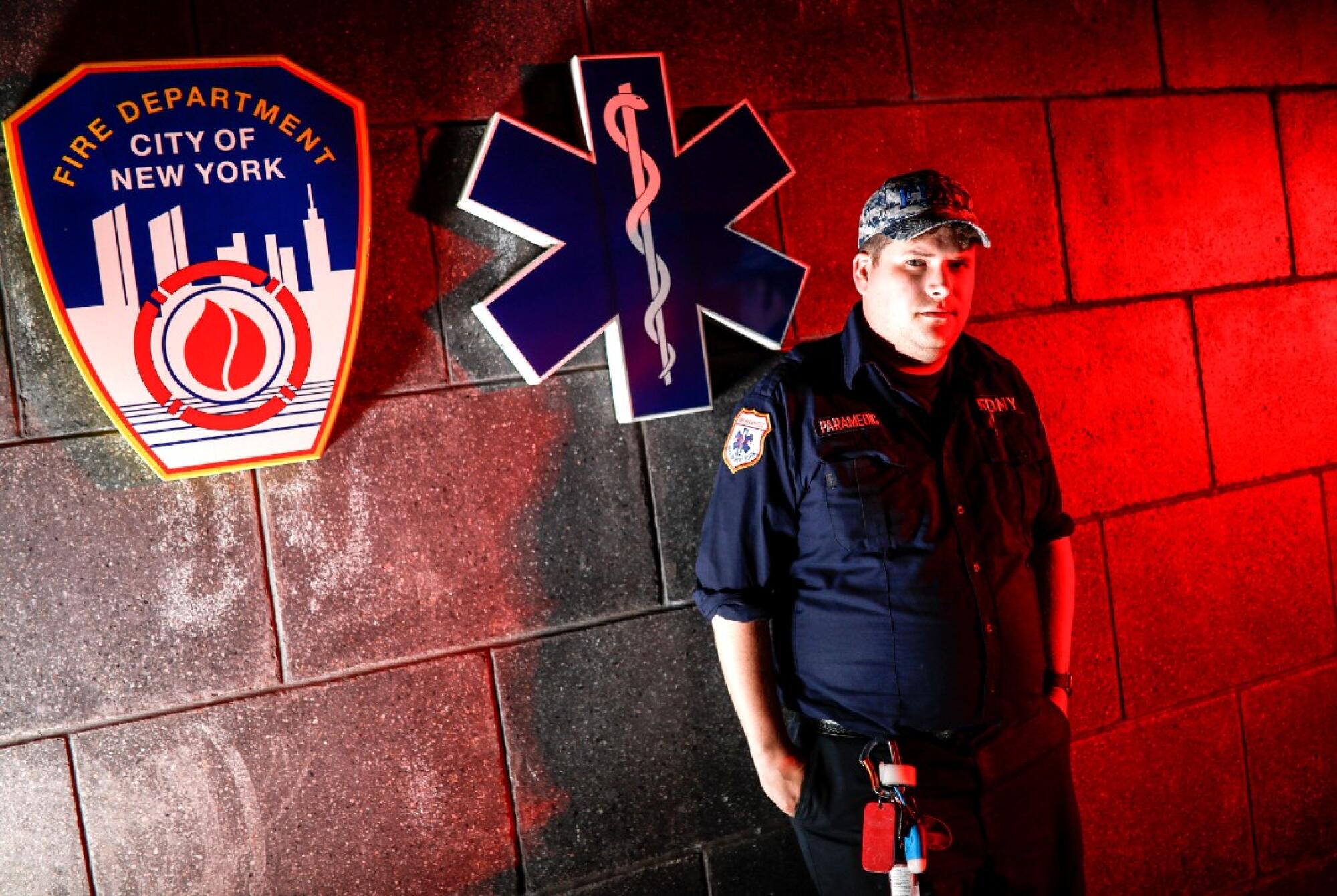
In the South Bronx, Travis Kessel checks in for his 12-hour shift at Emergency Medical Station 18. After a morning briefing from managers, who tell crews they appreciate the stress they’re under, the 28-year-old paramedic loads equipment on to his ambulance and logs into the emergency system.
Fifteen seconds later, he gets his first dispatch call.
No one answers the door at the address. “I thought we were getting hit with a cardiac arrest right off the bat,” he says. It turns out the woman inside is fine, but didn’t have her hearing aids on — a rare moment of levity.
It won’t last. The next call — and the next, and the next — end with a patient dying at home or pronounced dead at the hospital.
Kessel has done ambulance work since he was 16, but he’s never weathered anything like this. A typical shift used to average five or six emergency calls. The pandemic has doubled or tripled that number.
“There’s no breathing in between,” he says. “There’s no rest.”
People are ‘really scared’
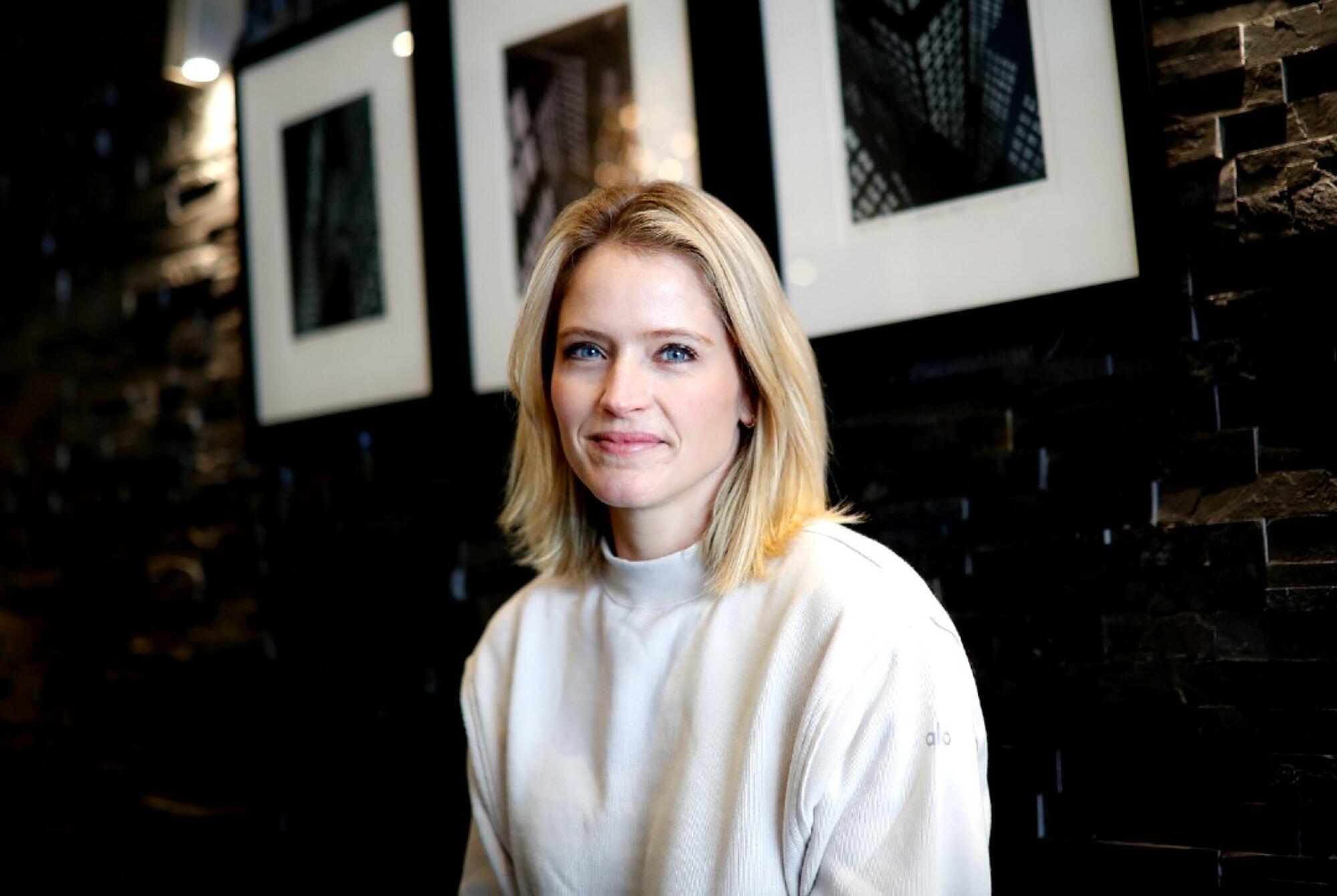
By now, Sara Haines normally would be out of her apartment in Brooklyn’s Williamsburg neighborhood and on her way to host a morning television show; her husband, lawyer Max Shifrin, usually handles the homefront. But the show was shelved for news coverage of the pandemic.
On this morning, Haines is awakened by her daughter at 4:30 a.m. She feeds all three children before prepping to go live from home as a fill-in host on “The View.”
She’s already tried setting up a home studio near the baby’s crib, but the blank wall behind her didn’t look right on camera. Today, she sets up in the living room for her 11 a.m. live feed, while the children play just off screen.
“There are people that are really scared and watching from home. People are dying,” she says. What happens when she addresses that audience from her sofa? “You don’t want it to be interrupted by a toddler.”
Feeding seniors
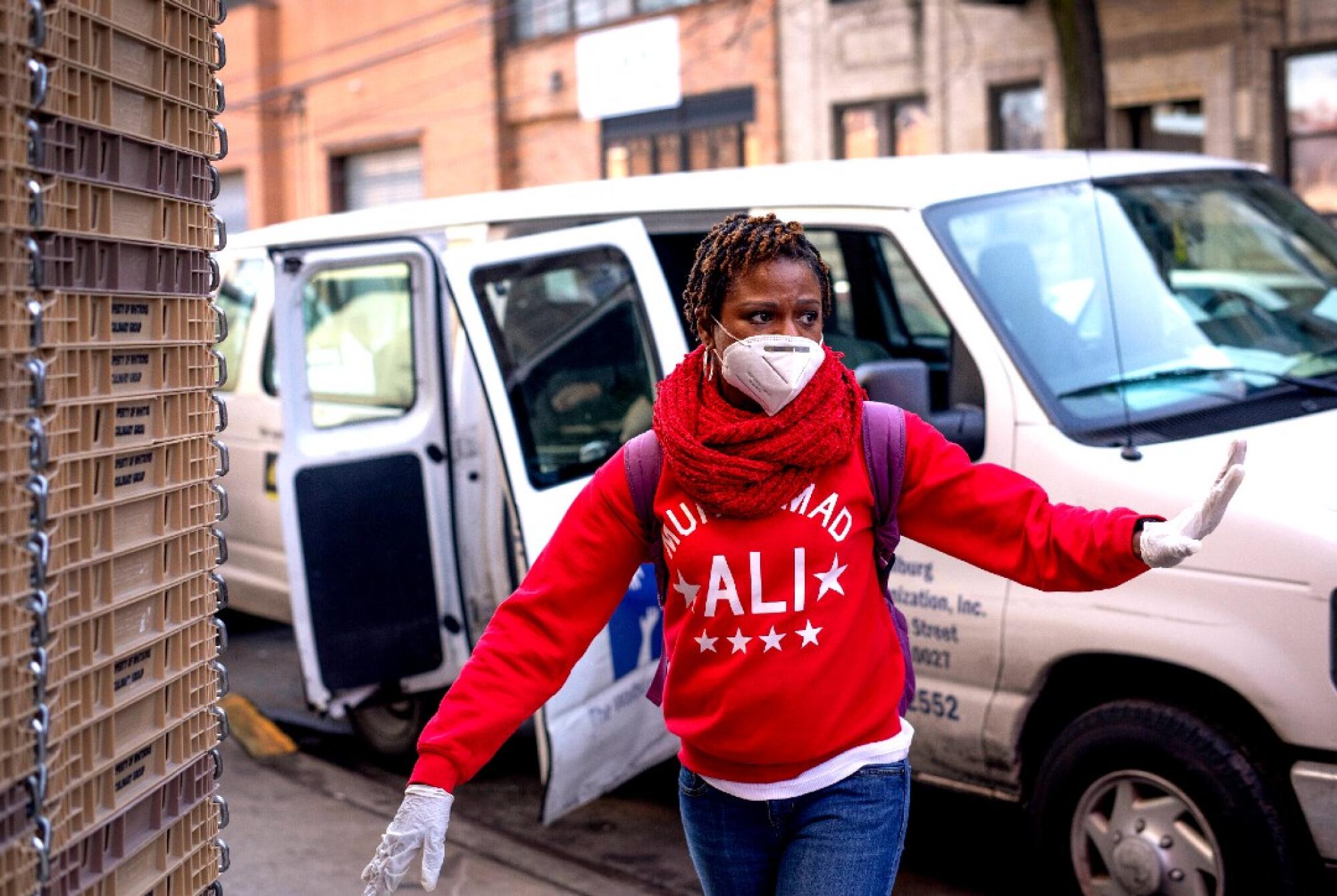
Uptown, Carla Brown and her meals-on-wheels crew have places to go. Until a couple of weeks ago, the Charles A. Walburg Multiservice Organization was delivering about 700 meals each day to seniors in Harlem and Washington Heights. Today, they need to dispense 912.
Calls have flooded in from seniors, who are at higher risk from the virus and are hunkering down. Others used to count on care from their adult children, now forced to keep a safe distance. Brown can relate. When she visits her own 77-year-old parents, she does it from the doorstep.
Brown recalls resuming deliveries two days after 9/11. She waited in gas lines after Sandy. But this is different.
“That was finite. We just had to wait,” she says. “This is just getting stranger and stranger every day. ... You don’t know where the end is. So how do you plan for that?”
‘Kinder’ people after pandemic
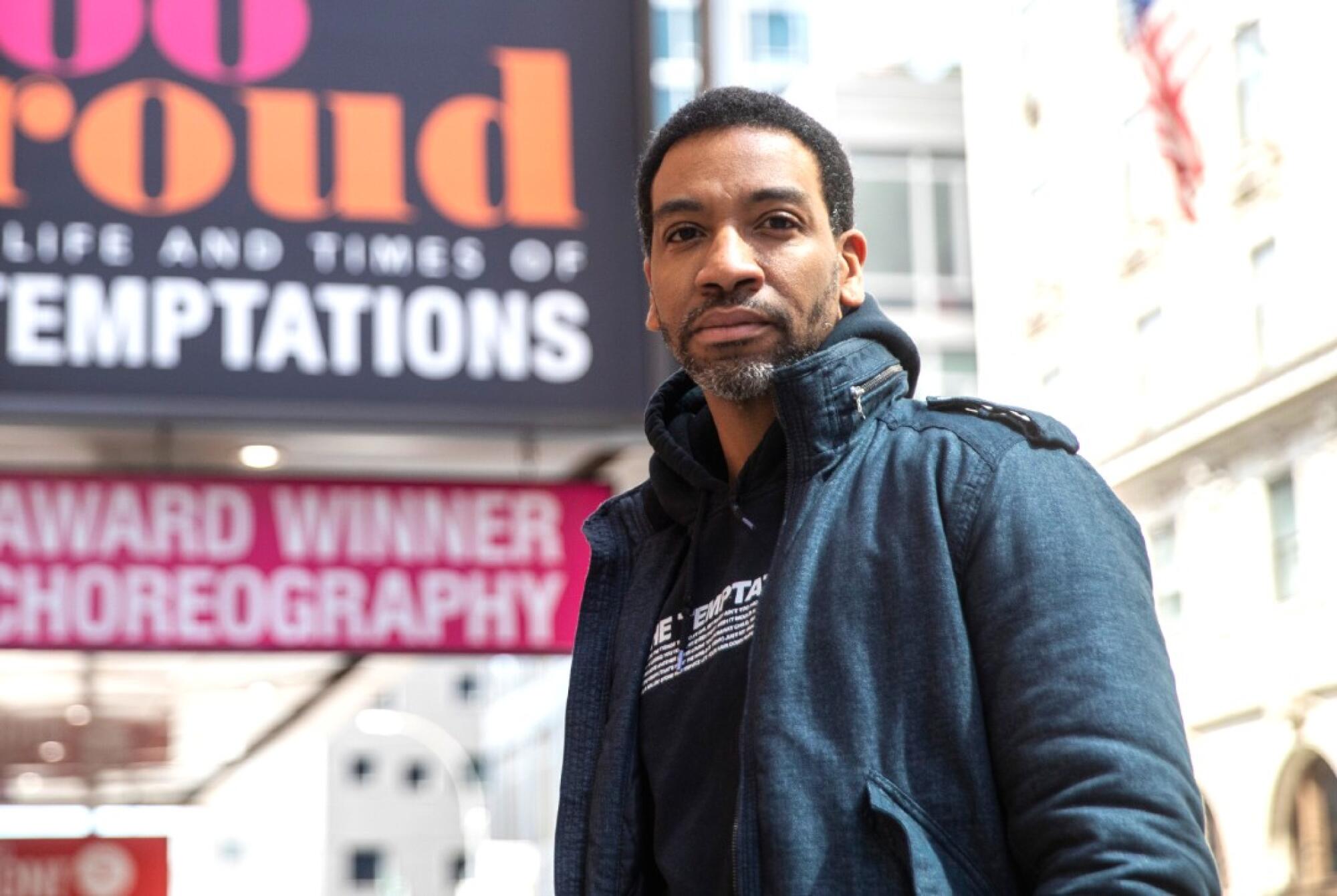
Stuck inside his Bronx apartment, Broadway actor E. Clayton Cornelious ponders the same question.
When the pandemic shut down the Broadway musical “Ain’t Too Proud -- The Life and Times of the Temptations” and sent him and other cast members home, it felt like a staycation. But now, he’s feeling stir-crazy, worrying about family members, fellow actors, and the audiences that sustain Theater Row.
“When are people going to want to come back? When are people going to want to sit next to each other in a small house like that?”
He searches for ways to keep himself occupied, posting on social media and texting family, before stepping on to the balcony for a view of the Hudson River. It soothes him and helps him look ahead.
“We have been isolated so much that now gathering, when we do get a chance to gather, will be special. I know for me it’s going to be that way,” Cornelious says.
“I’m really going to think about smiling every time I see everybody’s face on stage. I think we’re all going to come out of this kinder and more appreciative of life.”
By day’s end, New York’s paramedics have responded to 5,639 calls for emergency medical assistance — dwarfing the 3,500 calls that came in on 9/11.
In the 24 hours ending at 5 p.m., the city has recorded 266 more deaths, bringing the toll to more than 2,700. Hours later, it surpasses the number killed at the World Trade Center. But even that number is likely an undercount, officials acknowledge. Statewide, this marks the epidemic’s deadliest day yet.
New York, though, goes on fighting the only way it knows how — not on some spreadsheet, but in the streets.
‘I don’t touch anything’
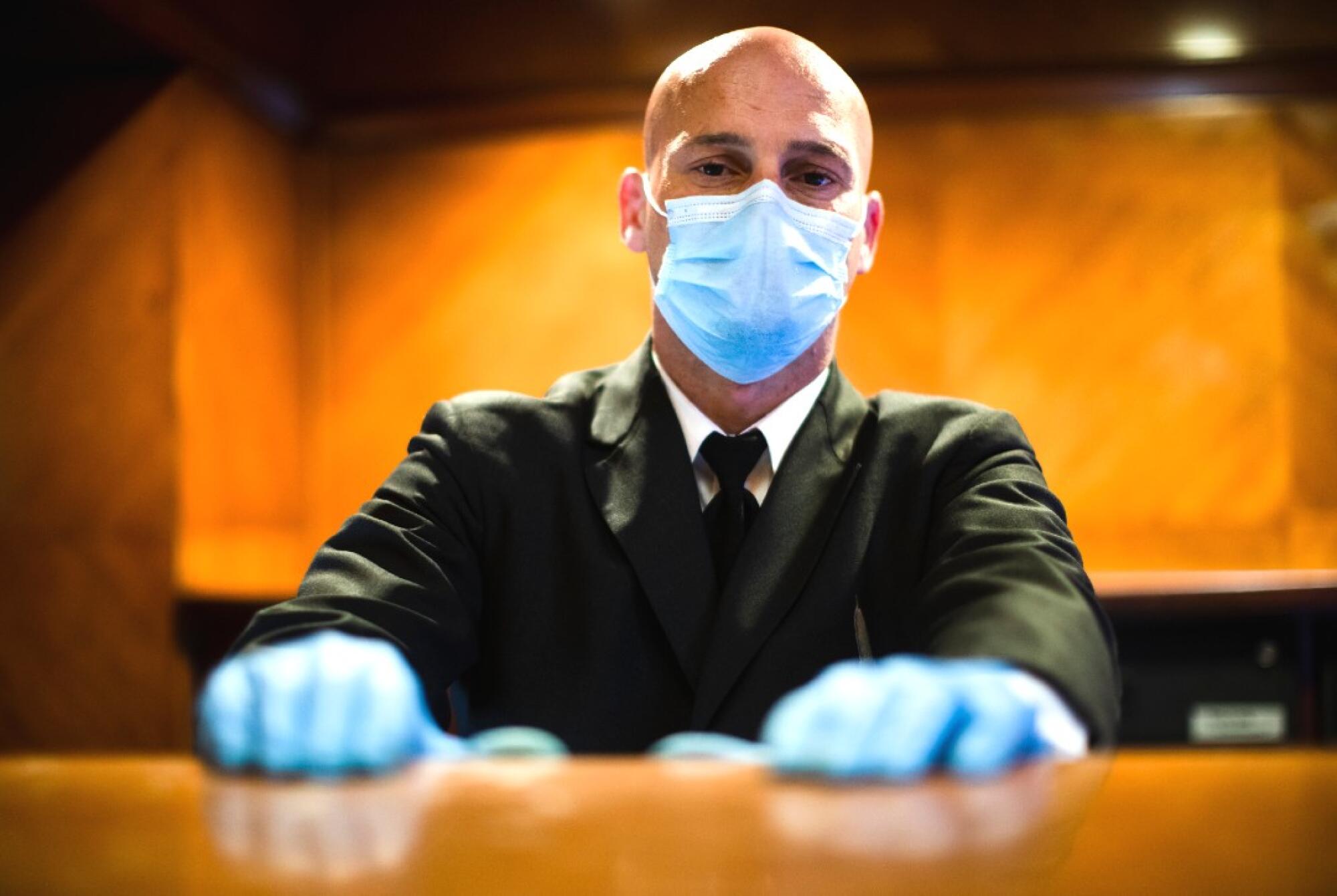
Most of the seats are empty on the afternoon bus from Staten Island into Manhattan. But Joe DeLuca, bound for his evening shift as a concierge at the 72-story CitySpire tower, steps aboard cautiously.
“I’ve got this mask on. I have my hand sanitizer, got my gloves on. I don’t touch anything. I use my phone and keep my head down,” he says.
When he reaches the building, a prestige address behind Carnegie Hall, foot traffic on the usually busy sidewalk is just a trickle. Instead, there’s an influx of packages, ordered by residents now that most neighborhood stores are closed, and many are wary of venturing out. DeLuca and his co-workers carry the boxes outside, spraying them down with disinfectant. Once they’re dry, he sends them upstairs to their owners in the building’s empty elevators.
“I have one family at home and this is my second family,” he says. “It is what it is, and it will get better eventually.”
With half an hour to sunset, DeLuca looks up as New York’s newest evening ritual begins. It’s just scattered sounds in this office and entertainment district.
Our special edition newsletter breaks down the latest coronavirus news, including global efforts to develop a vaccine.
But as the minutes roll by, a din washes across the city — cheers and shouts from open windows, pots and pans banging from fire escapes, instruments and air horns filling the vacuum. In a city with thousands to mourn, the cacophony is a thank you to doctors, nurses, paramedics and others putting their own lives at risk. It’s also an excuse to let go.
The cheers lift Habboushe, the ER doctor, as he walks home along 10th Street with his girlfriend, lines etched in his face from the mask he’s worn all day.
Then the wave rolls on, to the Bronx and Queens, Staten Island and Brooklyn, where Sara Haines and her children rush out to the apartment’s balcony. Where are the doctors, they ask.
“No, no, you can’t see them, just clap. We’re saying good job because there are people who are sick,” Haines tells them.
“And then on the rooftops, all along, all you hear is like it’s the Fourth of July.”
More to Read
Sign up for Essential California
The most important California stories and recommendations in your inbox every morning.
You may occasionally receive promotional content from the Los Angeles Times.
